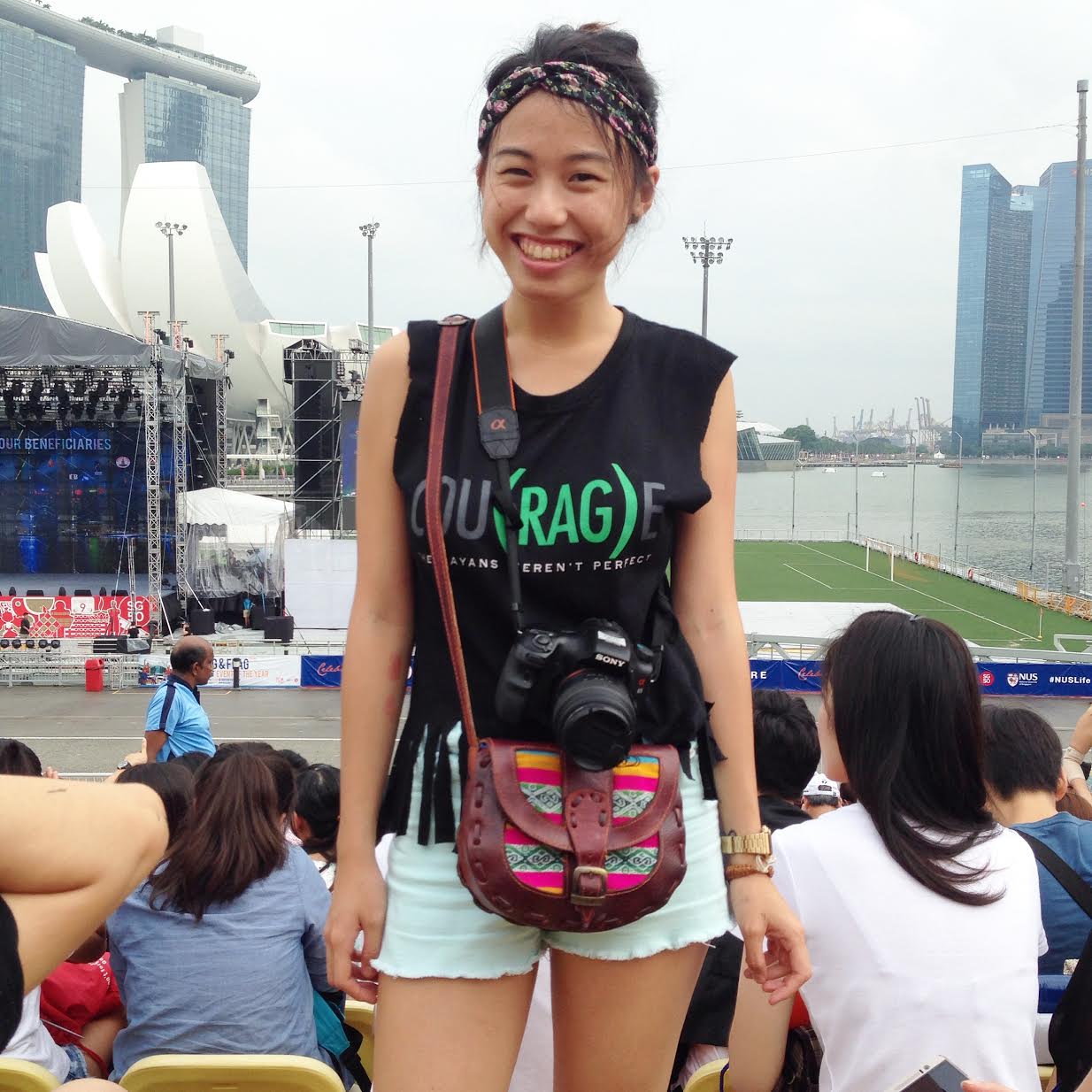By Adila Shahrin
Last year, Mihaela Noroc’s Atlas of Beauty photo series started making its way around social media sites. The photography project, which featured local model Nadia Rahmat, caused a stir among local netizens. Although the photography project aimed to illustrate that beauty is not skin-deep, some netizens felt that she was not representative of their ideal standard of beauty. Comments such as “so ugly” and “why is Singapore like that” began to surface. Although it is easy to dismiss the severity of this case by arguing that beauty is subjective and simply differs among people, one needs to understand the implications of such comments.
In September 2016, the hashtag #SingapuraBeauty trended on Twitter. It was a movement sparked by locals who wanted to challenge the narrow perception of beauty standards in Singapore’s society. Users, particularly those of a minority race, shared pictures of themselves and their friends to celebrate their beauty. Racial minorities here are often underrepresented, and hegemonic beauty standards such as having a fair skin tones inevitably marginalises the races that do not conform to this. This preoccupation with fair skin is not something exclusive to Singapore. According to the World Health Organisation, close to 40% of women surveyed in China, the Philippines, Malaysia, and the Republic of Korea used skin-lightening products. In Nigeria, a whopping 77% of women use skin-lightening products regularly while in India, skin lightening products account for 61% of their dermatological market.
When I was younger, mak ciks (aunties) and pak ciks (uncles) would coo over how pretty I was for a Malay girl, simply because I had fair skin. I was told that everyone likes girls with porcelain-like skin, just like the popular Malaysian singer, Siti Nurhaliza. Kalau gelap-gelap, mana lawa? (Translation from Malay: If you’re so dark, how to be pretty?)
When I was 13, I started taking swimming lessons. My exposure to the sun had a noticeable effect on the skin tone. My skin turned a darker shade, and freckles started to dot my cheeks. I was not bothered by the change in my appearance, but it became something others felt the need to constantly point out.
“Wah, you finally look like a Malay!”
“Eeee, why you look so black now?”
Even when other friends grew more tan because they spent lots of time under the sun, they were always teased for being “so black”, it’s “so ugly”. One only needs to walk down the streets of Orchard Road to see how obsessed this society is with skin-lightening products and services. Advertisements promoting these products are plastered everywhere. From bus stops to the inside of shopping malls, you just can’t seem to run away from this reality. Olay, Shiseido, and SK-II are just some of the brands we often hear of. Perhaps then, local netizens were upset over Noroc’s choice of Nadia Rahmat, because their definition of beauty meant someone with fair skin and she certainly did not look the part. When adolescent girls are exposed to these notions, they start internalising this belief that fairer means prettier from a very young age. This could have a harmful impact on their self-esteem and how they feel about their bodies as they grow older.
The prevalence of skin-lightening products and services implicitly tells those who are born with a darker skin tone that there is something wrong with their skin, that there is a need for them to change the way they look to be accepted by society. It is unjust to use one’s skin color as a yardstick to determine how beautiful they are. Beauty is more than just the color of your skin. It is more than something superficial. It is found in the words you speak, the hearts you reach out to, and the shoulders you lend. It is found in the hurdles you overcome and the new challenges you seek. It is found deep within you.
Angélica Dass, a Brazilian photographer, once said in a Ted Talk presentation that “we still live in a world where the color of our skin not only gives a first impression, but a lasting one that remains”. It is only by embracing the whole spectrum of skin colours and recognising that we are all beautiful that we can begin to cull this obsession with skin-lightening products. Only then can we truly say that we celebrate diversity.
About the Author: Adila is currently a Global Studies undergraduate minoring in Gender Studies. When she’s not busy playing with her cat, she loves devouring feminist literature. And mini Oreos.



